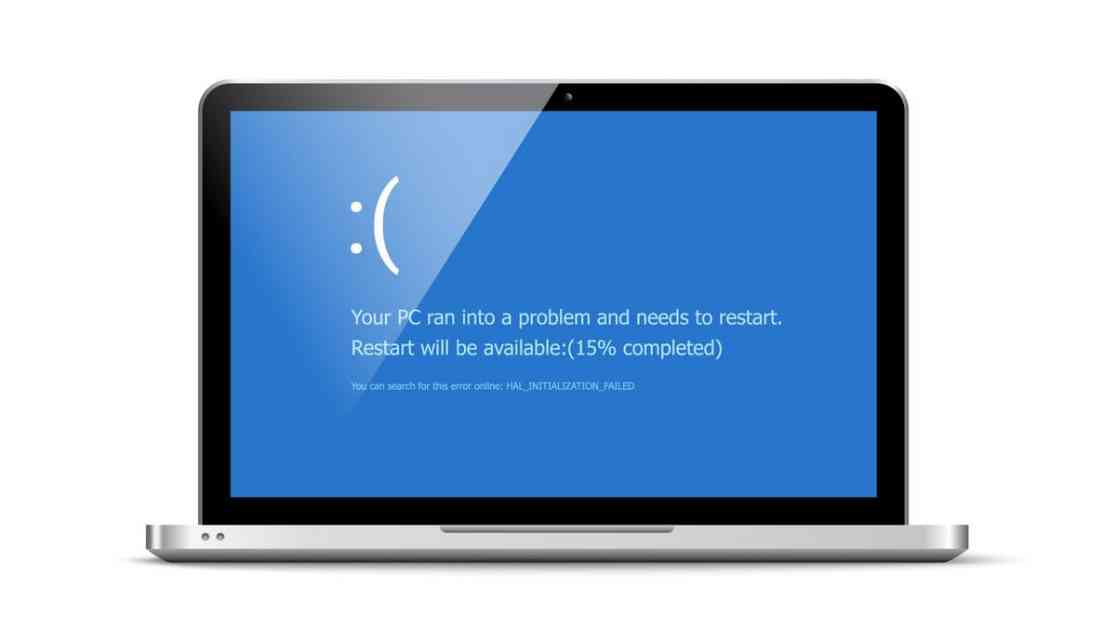Americans are waking up today to a world that is not functioning properly. This global crisis, caused by a software update from the cyber-security firm Crowdstrike, has had far-reaching effects that have disrupted daily life around the globe.
According to Crowdstrike, a software update they released has led to Microsoft’s Windows operating system crashing, resulting in the infamous Blue Screen of Death. This error has had monumental consequences due to Crowdstrike’s work with 25,000 businesses and the widespread use of Windows in many computers worldwide.
The impact of this software update has been significant. American Airlines grounded all its flights, with other airlines following suit. In Australia and Europe, hospitals had to cancel operations, GP practices in the UK had to stop seeing non-urgent patients, grocery stores couldn’t process payments, public transportation systems halted, TV networks went offline, and 911 systems failed in Alaska.
Crowdstrike has acknowledged that their software was the cause of the issue and has deployed a fix to address it. CEO George Kurtz apologized for the impact on customers and travelers, stating that their mission is to ensure full recovery for every customer affected.
The BBC reported that fixing the issue may require hands-on rebooting of affected machines, as the problem is not something that can be resolved with a central command. While comparisons have been made to the WannaCry cyberattacks of 2017 in terms of the scale of disruption, services are gradually resuming as the day progresses.
This incident raises questions about the vulnerability of the modern internet to a single software update. With Microsoft, Amazon, and Google dominating the internet landscape, an issue affecting one of these major players can have international and catastrophic consequences, as seen in this situation.
As the day unfolds, it will be interesting to see how different organizations and industries recover from this disruption and what measures will be put in place to prevent similar incidents in the future. The reliance on technology and interconnected systems highlights the need for robust cybersecurity measures and contingency plans to mitigate the impact of such events on a global scale.

